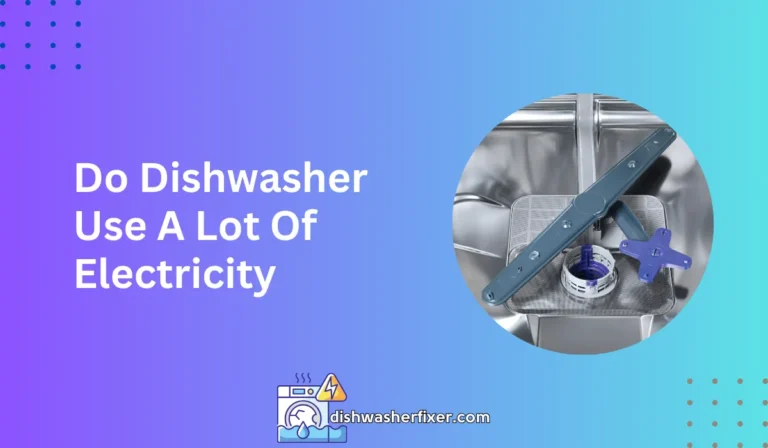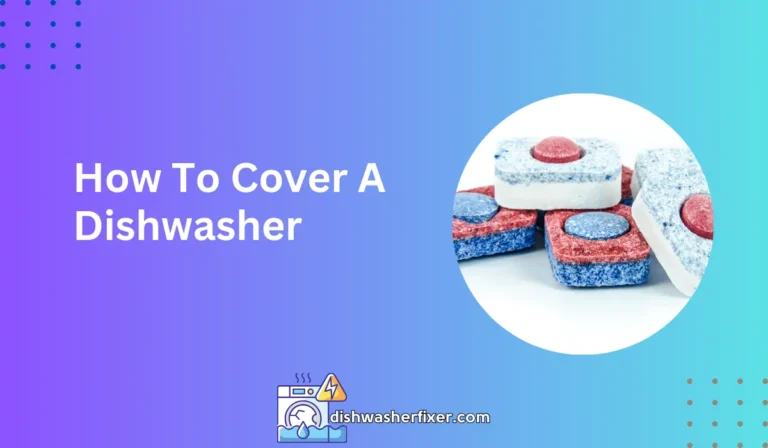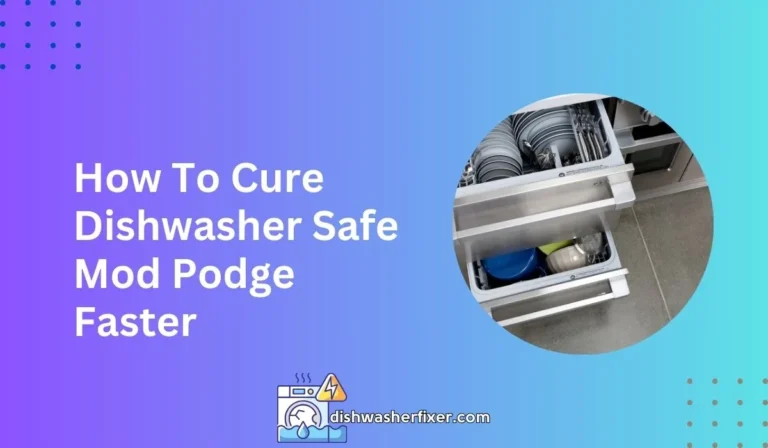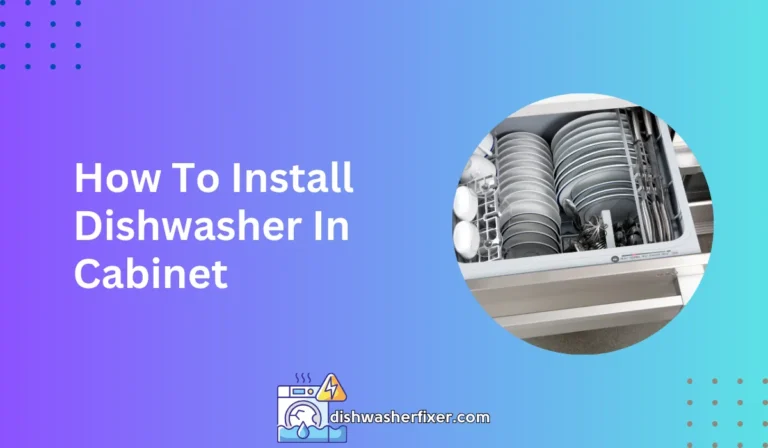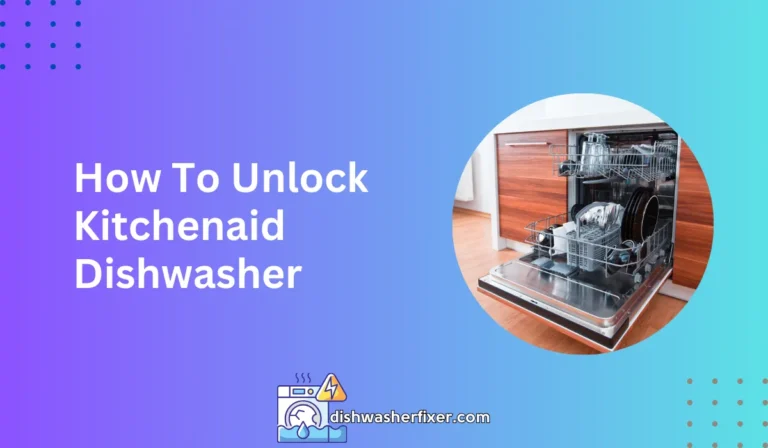How to Disconnect Dishwasher from Garbage Disposal: A Quick Guide
To disconnect a dishwasher from a garbage disposal, first shut off the power and water supply. Loosen the hose clamp and detach the dishwasher hose from the disposal unit. Plug the disposal’s inlet port if it’s not being used again.
Preparing for Disconnection

Ensure Safety: Turn off the power and water supply
Before beginning any work on your dishwasher and garbage disposal, safety comes first. The very first step is to turn off the power supply to both the dishwasher and the garbage disposal.
This can typically be done at your home’s main electrical panel by flipping the circuit breakers to the ‘off’ position. You should also turn off the water supply to prevent any potential leaks or water damage.
The water valve is usually located under the sink or in the basement. Ensuring both power and water are off is crucial to avoid electric shock or water mishaps.
Gather Necessary Tools: Screwdrivers, wrench, bucket, towels, etc.
With safety measures in place, it’s time to collect the tools you’ll need for the disconnection process.
A variety of tools such as screwdrivers, wrenches (possibly an adjustable wrench), a bucket, and towels will be required.
These tools will help you loosen and remove the dishwasher drain hose and manage any water that may spill out during the process. It’s better to have all the tools handy before starting the task to avoid any interruptions once you begin.
Clear the Area: Remove items under the sink for accessibility
Access to the area under the sink is essential for a smooth disconnection process. Begin by removing any cleaning supplies, trash bins, or other items stored under the sink.
This will give you enough room to maneuver and access the garbage disposal and the connections to the dishwasher. Clearing the area not only makes the task easier but also reduces the risk of damaging stored items.
Disconnecting the Dishwasher
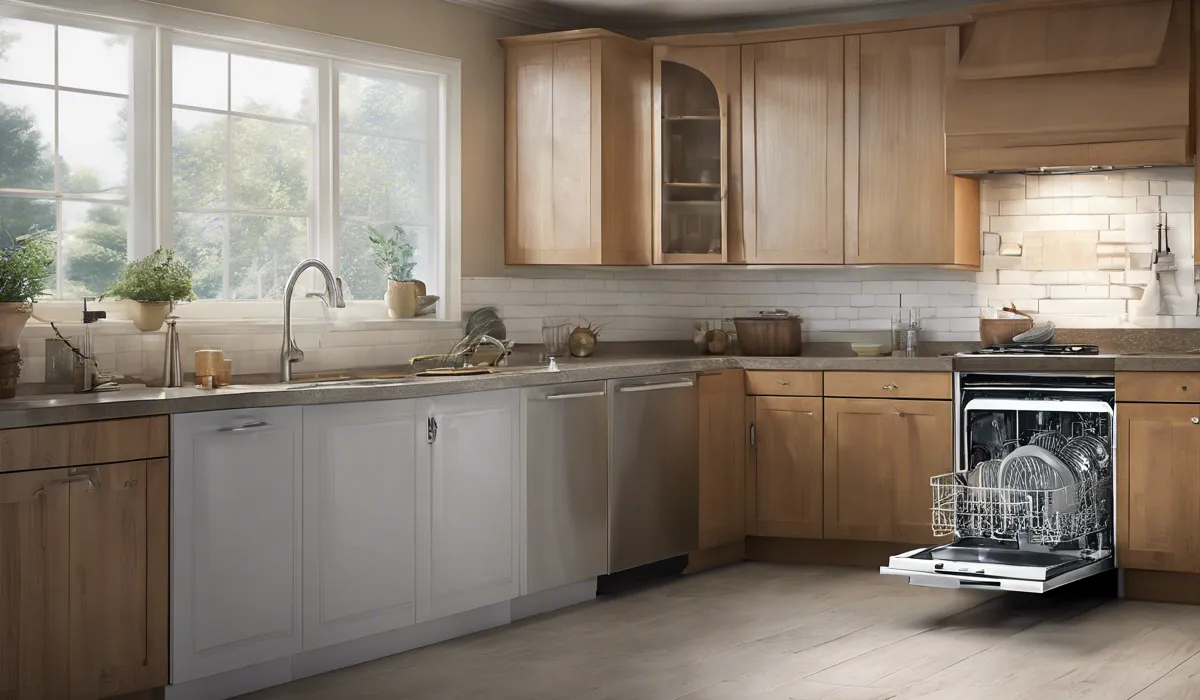
Locate the Dishwasher Drain Hose Connection
The dishwasher drain hose is usually a flexible pipe connected to the garbage disposal’s side.
It’s important to identify this hose correctly before proceeding. In some cases, the hose might be clamped to the disposal unit or connected through a nipple-like protrusion on the disposal. Once you’ve located the drain hose, you can prepare to disconnect it.
Remove the Hose Clamp and Disconnect the Hose
Using a screwdriver or a wrench, loosen the hose clamp that secures the dishwasher drain hose to the garbage disposal.
You may need to wiggle the hose gently to free it from the connection. Be prepared for some water to spill out, which is why it’s helpful to have a bucket and towels at the ready. Once the hose is free, carefully guide it away from the disposal unit.
Drain Excess Water into a Bucket
After disconnecting the hose, there will likely be residual water in the line. Position your bucket under the hose and allow any excess water to drain out.
This step helps prevent water from spilling onto your cabinet floor or causing any unwanted mess. The towels can be used to mop up any water that escapes the bucket.
After Disconnecting
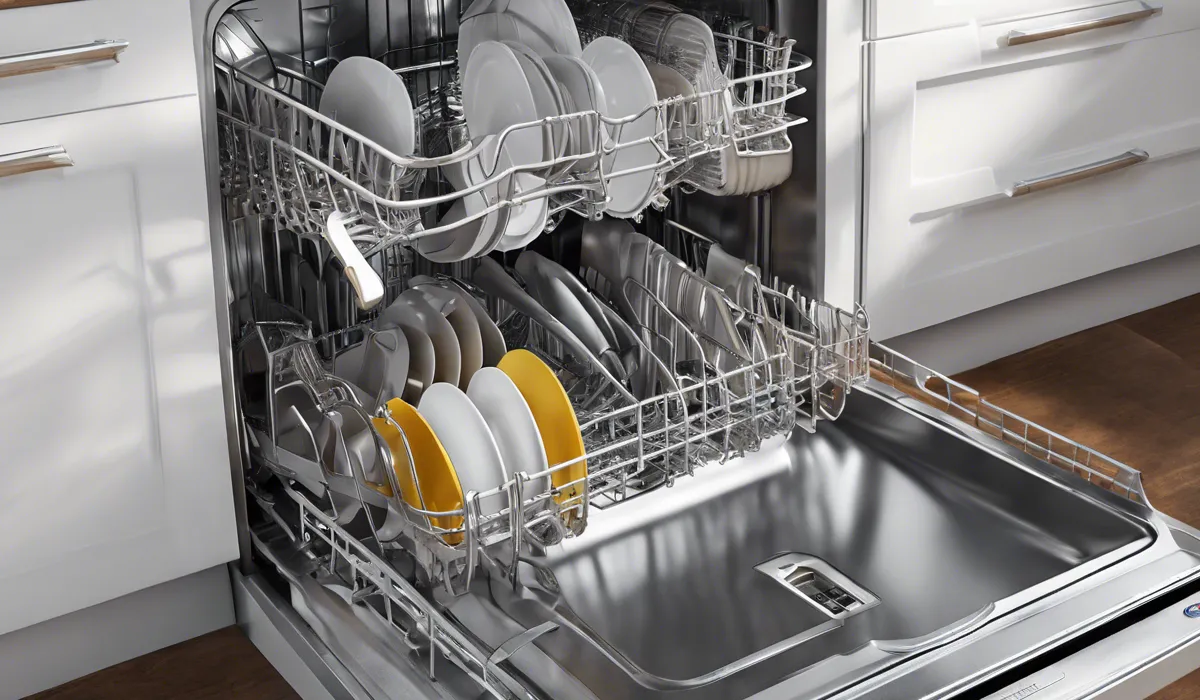
Cap or Plug the Garbage Disposal Inlet
If you are not reconnecting a dishwasher, you should cap or plug the inlet on the garbage disposal where the dishwasher hose was attached.
This prevents debris from entering the disposal and potential leaks. Caps or plugs can be found at most hardware stores and are easy to install. Simply place the cap over the inlet and secure it as needed to ensure a tight fit.
Check for Leaks and Properly Seal Connections
Once you’ve capped or plugged the inlet, turn the water and power back on and run the garbage disposal to check for leaks.
It’s essential to ensure that all connections, including the cap or plug, are sealed properly. If you find any leaks, turn off the power and water supply again and adjust the connections or the seal until everything is watertight.
Tidy Up and Dispose of Any Waste Properly
After confirming there are no leaks, clean up the work area. Dispose of any waste materials according to your local regulations. This might include recycling the old dishwasher hose if it’s no longer needed.
Finally, replace any items you removed from under the sink, and your disconnection project is complete.
FAQs About Disconnecting Dishwasher From Garbage Disposal
How do I safely shut off the power to my dishwasher before disconnecting it from the garbage disposal?
To safely shut off the power, locate your home’s electrical panel and flip the breaker switch that corresponds to your dishwasher to the “off” position.
What is the first step to take when disconnecting a dishwasher from a garbage disposal?
The first step is to shut off the power and water supply to the dishwasher to prevent electrical shocks and water leakage.
How do I detach the dishwasher hose from the garbage disposal unit?
Loosen the hose clamp using a screwdriver or pliers, then carefully wiggle the hose off the disposal’s inlet port.
What should I do with the disposal’s inlet port after disconnecting the dishwasher hose?
If the disposal’s inlet port will not be used again, you should plug it to prevent leaks and debris from entering the unit.
Is it necessary to call a professional to disconnect a dishwasher from a garbage disposal?
While not always necessary, if you are unsure or uncomfortable with the process, it is advisable to call a professional plumber to ensure it is done safely and correctly.
Final Thoughts
When disconnecting a dishwasher from a garbage disposal, ensure safety by turning off the power and water supply.
The process involves loosening the hose clamp to remove the dishwasher hose from the disposal. Remember to seal the disposal’s inlet port if it won’t be used again, maintaining the integrity of your sink’s setup.

